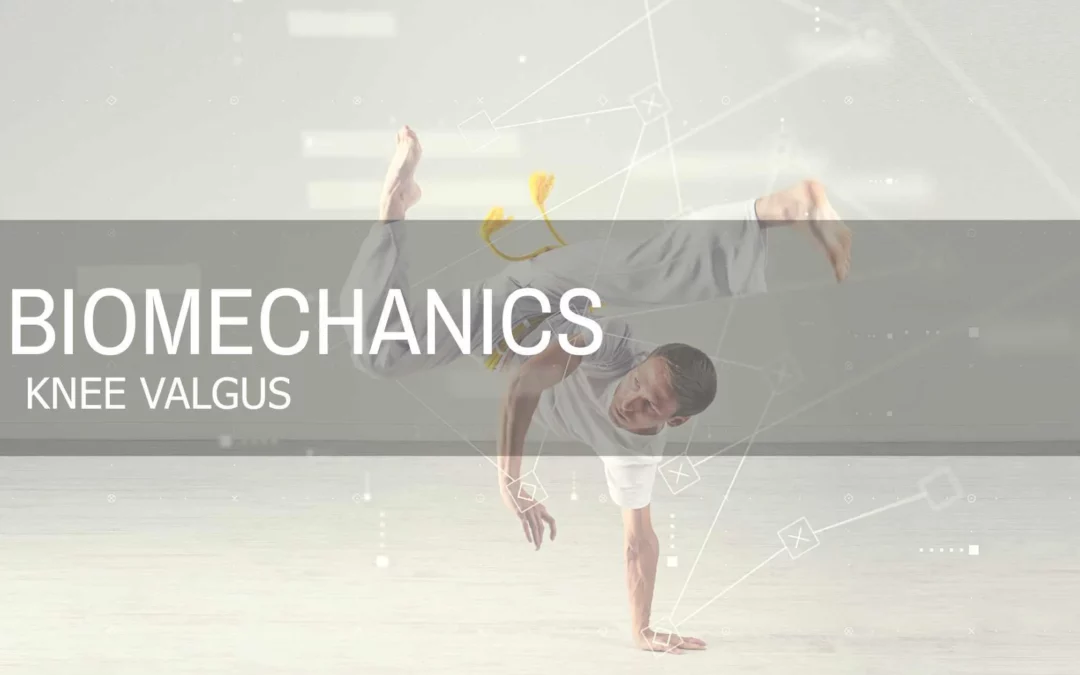What is Valgus Knee?
Valgus knee refers to a medical condition where the knees internally rotate, often touching each other. This is caused by a pronounced hip adduction, internal hip rotation, and pronation of the foot, resulting from under activated glute muscles. Valgus knee can cause pain, pressure, and wear-and-tear on the knee joint as well as significantly impact gait.
How Does This Happen?
Sitting a lot during the day can lead to the glutes to under fire. These muscles play a significant role in stabilizing forward momentum movements of our legs such as leaning forward to take a step. However, when the glutes become under activated, the hip flexors become tight (pronounced hip adduction, leading to internal rotation and foot pronation). The excess internal rotation with the foot pronation forces the knee to buckle and internally rotate.
Signs of Valgus Knee
- internal rotation of the knee
- internal rotation of the hip and hip adduction
- Foot pronation
- Weak glutes
- Unstable gait
How Do You Fix Valgus Knee?
To address valgus knee, it is important to stretch out the hips, strengthen the butt muscles and work on proper gait. We would recommend the following exercises:
- Release – Peroneals, adductors 60 sec each
- Activate – seated band dorsiflexion 2x 20
- Integrate – single leg distracted ankle and hip balance 2×20
- Strengthen – side lying hip extension with adduction 2×20




